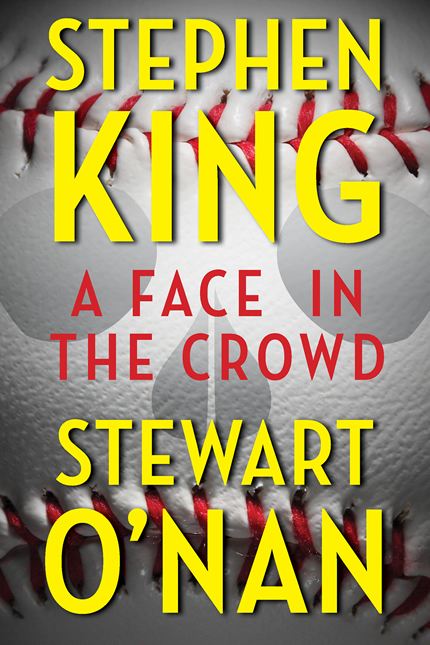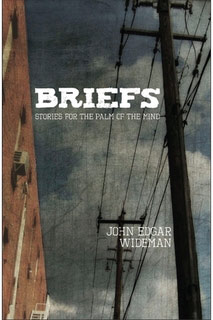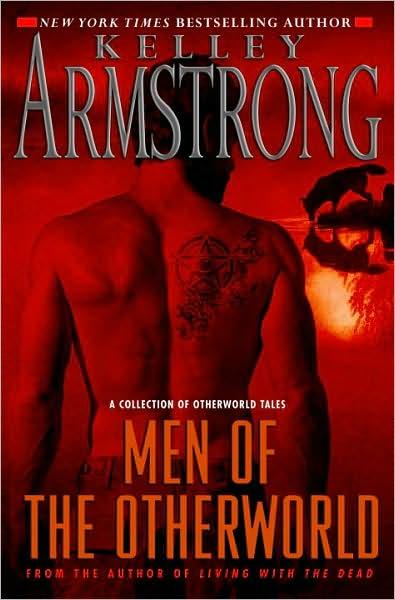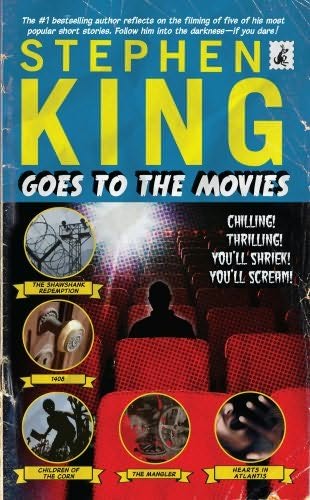Dean Evers is lonely.
Having recently lost his wife, he has moved to a Florida condo and has been filling his time with meaningless tasks, cooking meals for himself, books and baseball. The baseball games on television help to fill his nights when he is missing his dead wife the most.
One night, while watching the Rays duke it out against the Mariners, the game takes on a whole new meaning for him when he sees someone who couldn’t possibly be at the game. Sitting in the third row, right above the umpire, is his old dentist Dr. Young.
Dean thinks this is impossible, absolutely impossible, but he can’t look away, even though Dr. Young must have passed away fifty years ago. However, there is no mistaking the coke bottle glasses, the pack of Lucky Strikes in the pocket of his shirt.
The next night, there is another game on. Dean tries to avoid watching by enjoying a Harlan Coben novel but his hand reaches for the remote anyway and turns the television to the game to see who else from his past might appear to him…
To say anything else would be to give away more of the plot and this is a novella that you have to experience rather than read. I thought I had the story pegged out plot wise, but King and O’Nan had me fooled. This is not your average day at the ballpark.
Whatever you think is going to happen doesn’t happen and the result will leave you breathless. I finished this novella in practically one sitting and it’s an amazing read. Not only is it incredibly well written, there are plot twists you won’t see coming a mile away.
King and O’Nan write seamlessly together, so it’s never clear who wrote what. That doesn’t matter, though. What matters is the story is good. It’s better than that; it’s flat out amazing and King and O’Nan have written a home run of a novella.
What surprised me most, for such a short read were two things:
First, the depth of character. We spend the entire novella with Dean Evers and, at the end of its fifty pages, we know him. We know what makes up his character, internal and otherwise and I found myself aching for him and the choices he made throughout his life. Pulling off that kind of depth in such a short span of pages is an incredible feat and King hasn’t always been so successful in his eBook originals (I’m thinking of the enjoyable but lackluster Mile 81 here).
However, King and O’Nan succeed incredibly well with A Face in the Crowd. You are drawn into Dean’s world and it is an eerie, haunting work that will stay with you long after you’ve finished reading it.
Which brings me to the second thing that surprised me most: how genuinely frightening the novella was. As I’ve said, the plot twists keep you on the edge of your seat and, by the novels end, you have absolutely no idea what is coming. And what comes is nothing short than one of the best endings I have ever read in a novella, mostly because it came right out of left field.
King and O’Nan could have gone over the top horror or gross out horror, but instead, they went with honest to goodness psychological terror; because they have written such a great character in Dean Evers, and we are drawn so well into his world, we feel his fear. It is our own.
By the novels dénouement, nothing about baseball will ever be the same for Dean Evers. In fact, nothing will ever be the same for him again.
I was absolutely thrilled with every aspect of this book. It’s well told with a compelling protagonist and brilliantly drawn secondary characters, a plot you won’t see coming a mile away and an ending that will leave you breathless with shock. Stephen King and Stewart O’Nan hit it out of the Park with A Face in the Crowd.
So take me out to the ball game, buy me some peanuts and cracker jacks, I don’t care if I ever come back…







